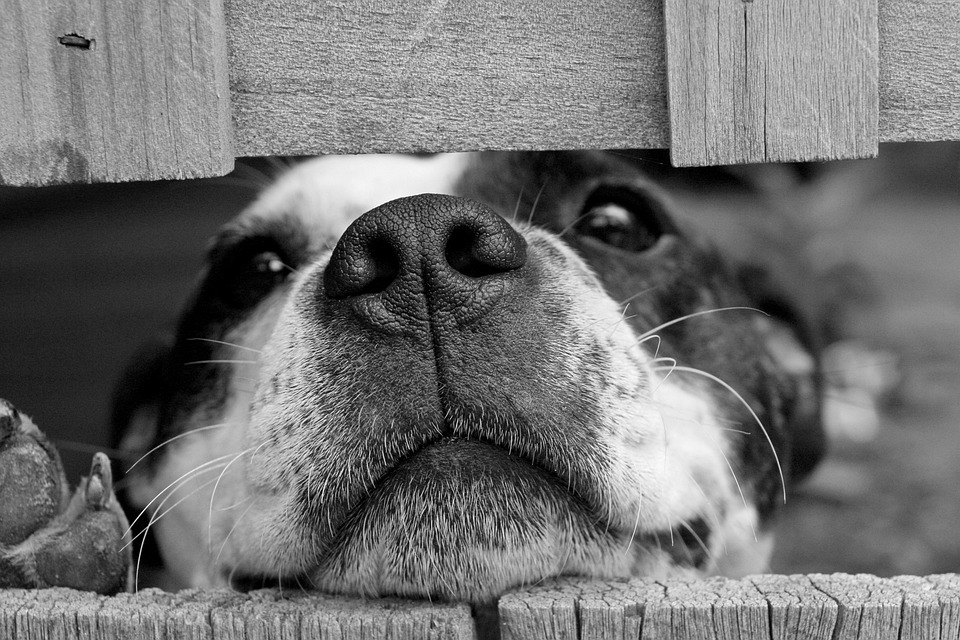Separation anxiety can be a challenging issue for dogs, especially during trips or vacations when their owners are away for an extended period. This article provides guidance on helping dogs cope with separation anxiety during trips, ensuring their well-being and reducing stress.
Recognizing the symptoms of separation anxiety is crucial for addressing the issue effectively. Some common symptoms include excessive barking or howling, destructive behavior, inappropriate elimination indoors, pacing or restlessness, attempting to escape, and excessive salivation or panting.
Preparing your dog for an upcoming trip is essential to minimize separation anxiety. Maintaining a consistent routine, practicing gradual desensitization, and creating a safe space are important steps to consider. Stick to your dog’s regular feeding, exercise, and play schedule to create a sense of stability. Practice leaving your dog alone for short periods and gradually increase the duration. This helps them become accustomed to being alone. Provide a designated area, such as a crate or a specific room, where your dog feels secure and comfortable.
Positive reinforcement and counterconditioning techniques can help alleviate separation anxiety in dogs. Reward calm behavior, provide engaging toys or puzzles for mental stimulation, and engage in gradual departures to reduce anxiety associated with cues.
In severe cases, seeking professional help may be necessary. A certified dog behaviorist or trainer can provide personalized guidance and develop a behavior modification plan tailored to your dog’s specific needs.
Some frequently asked questions about separation anxiety in dogs include whether medication can help alleviate it, how long it takes for dogs to overcome separation anxiety, whether getting another dog can help an anxious dog during trips, and whether crate training can help with separation anxiety. Medication may be recommended in severe cases, and the duration of overcoming separation anxiety varies depending on the dog and the severity of their anxiety. Introducing another dog is not a guaranteed solution, and crate training can be beneficial for some dogs but may not be suitable for all.
In conclusion, helping dogs cope with separation anxiety during trips requires patience, consistency, and understanding. By recognizing the symptoms, preparing your dog adequately, using positive reinforcement techniques, and seeking professional help if necessary, you can significantly reduce their anxiety levels and ensure a more enjoyable trip for both you and your furry friend.









